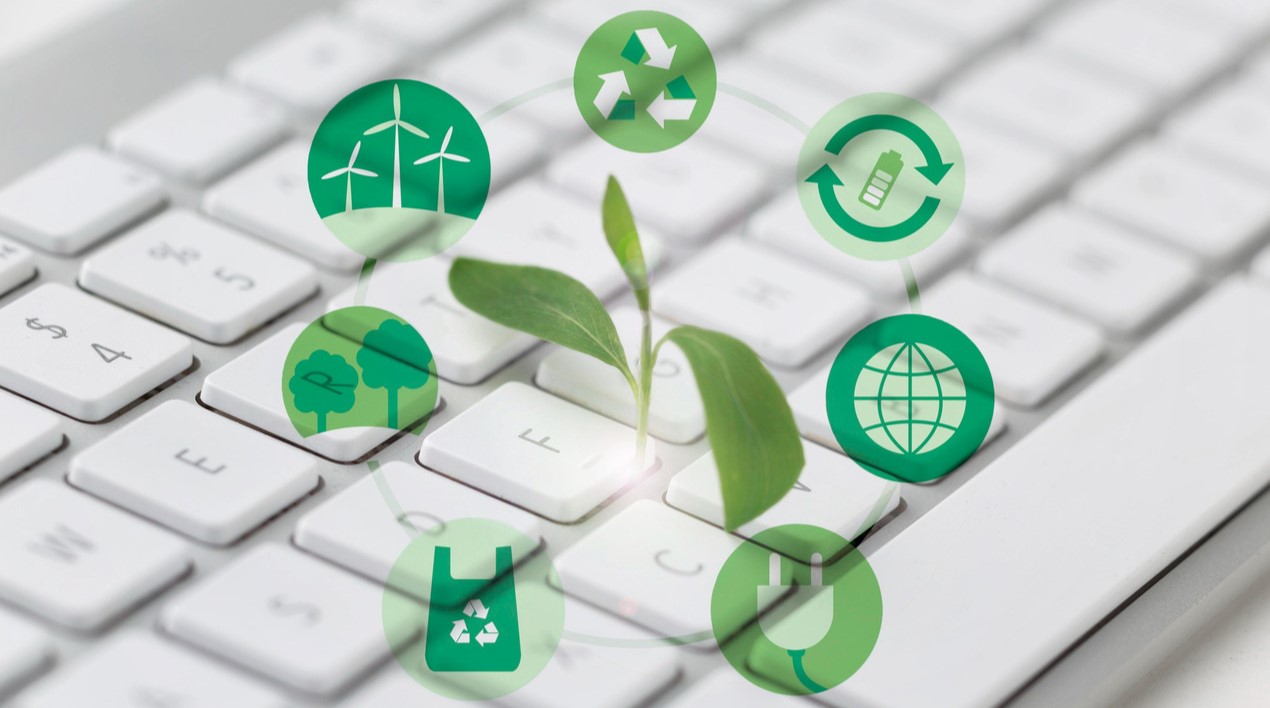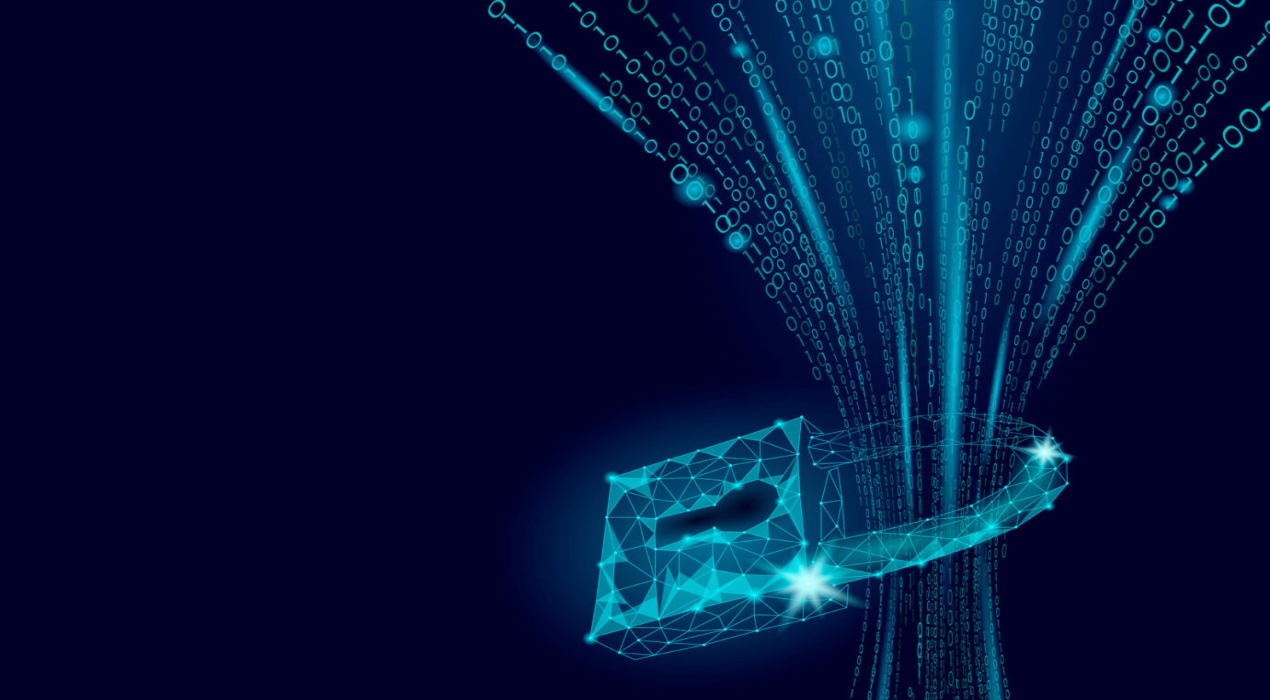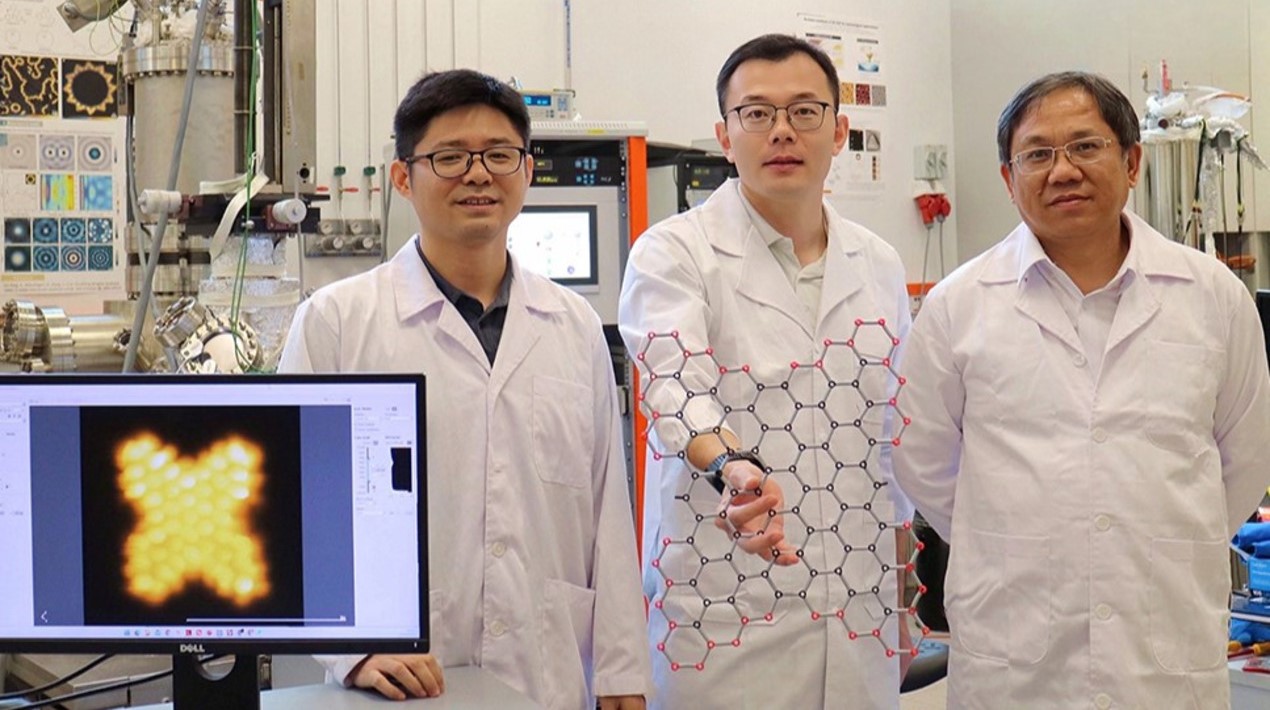
Mountain climbers will find this technology from the University of Indonesia very useful for their hobby.
Four academics, who are researchers and instructors, from the Faculty of Engineering at the University created a device called Mountable.
According to a recent press release, Mountable is a system with capabilities in monitoring, communication and providing information in areas without cellular signals and internet connection, particularly up in the mountains.
What is Mountable?
It is described as a smart monitoring and emergency system leveraging on the Internet of Things (IoT) technology in the mountain regions.
Mountable is the only provider of climbing security and safety services in Indonesia that utilises this technology.
It was recognised and awarded the Gold medal during the 2019 Indonesian International Invention Festival.
The device has already been used by 55 climbers and has proven its usefulness when it saved 9 climbers who were trapped on Sumbing Mountain during a storm.
The system was developed based on the IoT technology, wherein the system consists of tracking tools, signal transmitters, websites and application.
A Long Range (LoRa) network is being used to integrate the whole system. It is a wireless technology that covers a wide area network and uses small power consumption, allowing its battery to last up to 2 months.
Which is better?
Mountable has been compared with other communication devices such as the walkie talkie but it has proven a number of advantages over them.
Because of the IoT technology it follows, production and operation costs are cheaper than those that use satellite communication.
Add to that the plethora of capabilities and functions that Mountable can perform.
These functions include signpost tracking and climber monitoring; an emergency system for when undesirable things happen; real time systems and group tracking to find members.
The most important capability that mountain climbers would about Mountable is its portability because it will be easier for them to carry it around.
Benefits of the device
The aim for developing the device was to improve security for mountain climbers, which encompasses making the mountains a safe place for tourism and sports.
Moreover, Indonesia is made up of a lot of volcanoes. These volcanoes may provide tourism potential for both locals and foreigners.
With Mountable, tourists will be reassured of their safety while enjoying the mountains of Indonesia.
This device can address the issues and obstacles posed by mountain climbing such as getting lost, meeting accidents, and the difficulty of communicating in the mountain region, among others.
Furthermore, this device should be able to inspire and encourage the management and development of mountain climbing systems so that they will be more hi-tech, enhancing the tourist experience in the country.

















